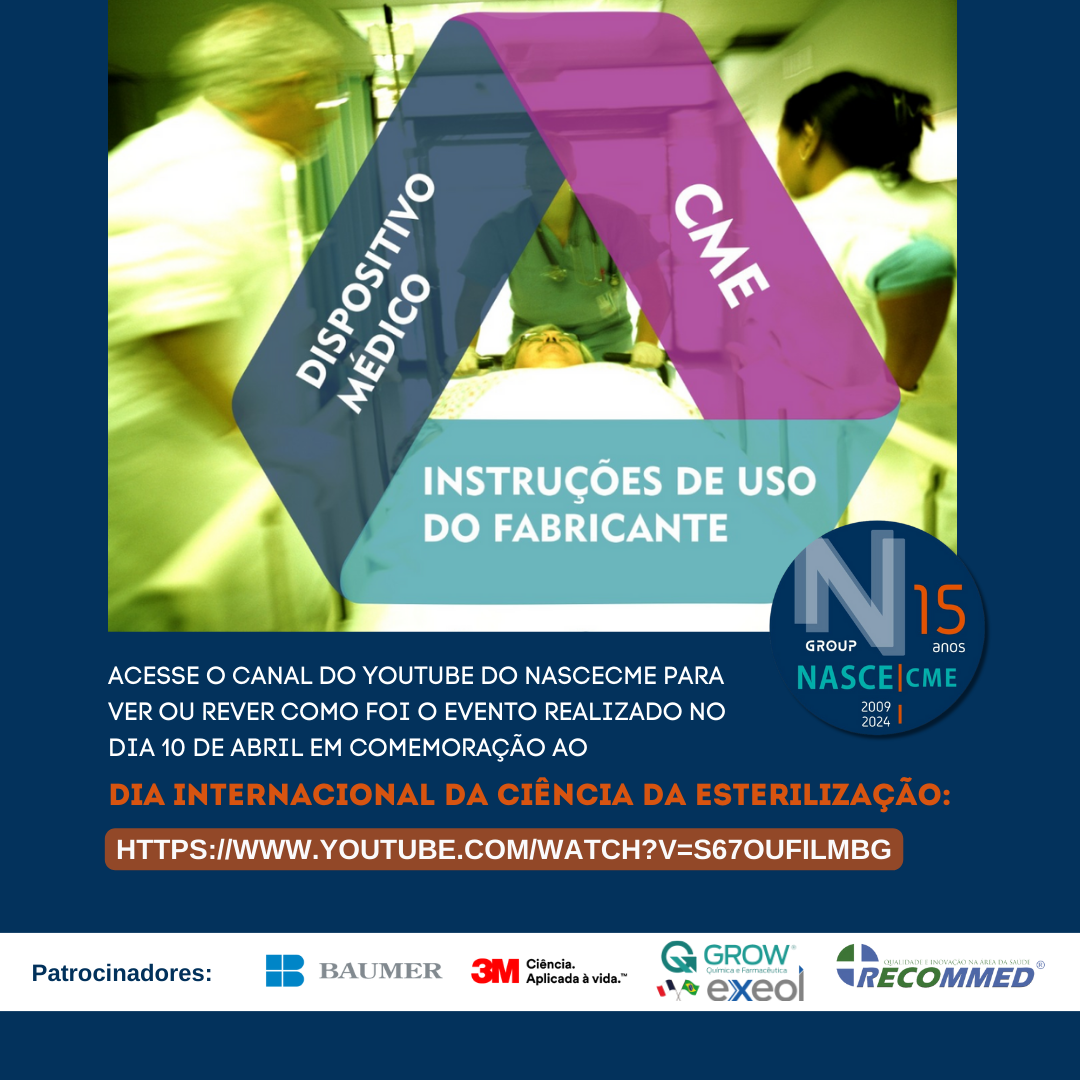Background: Several review studies have shown that 3.4% to 16.6% of patients in acute care hospitals experience
one or more adverse events. Adverse events (AEs) in hospitals constitute a significant problem with serious
consequences and a challenge for public health. The occurrence of AEs in Portuguese hospitals has not yet been
systematically studied. The main purpose of this study is to estimate the incidence, impact and preventability of
adverse events in Portuguese hospitals. It is also our aim to examine the feasibility of applying to Portuguese acute
hospitals the methodology of detecting AEs through record review, previously used in other countries.
Methods: This work is based on a retrospective cohort study and was carried out at three acute care hospitals in
the Administrative Region of Lisbon. The identification of AEs and their impact was done using a two-stage
structured retrospective medical records review based on the use of 18 screening criteria. A random sample of
1,669 medical records (representative of 47,783 hospital admissions) for the year 2009 was analyzed.
Results: The main results found in this study were an incidence rate of 11.1% AEs, of which around 53.2% were
considered preventable. The majority of AEs were associated with surgical procedures (27%), drug errors (18.3%)
and hospital acquired infections (12.2%). Most AEs (61%) resulted in minimal or no physical impairment or disability,
and 10.8% were associated with death. In 58.6% of the AEs’ cases, the length of stay was prolonged on average
10.7 days. Additional direct costs amounted to €470,380.00.
Conclusion: The magnitude of these results was critical, reinforcing the need of more detailed studies in this area.
The knowledge of the incidence and nature of AEs that occur in hospitals should be seen as a first step towards
the improvement of quality and safety in health care.
Background
Adverse events (AEs) occur with alarming frequency in healthcare. These events represent significant losses from a clinical, economic and social perspective. To learn from these events and improve safety, they must be identified, measured and their causes found. Healthcare providers and researchers are searching for an accurate, reliable and low cost method to identify and measure AEs in hospital and other settings. The method developed in the Harvard Medical PracticeStudy, in the 90s, is the one most often used for national AE studies.
Many countries, like Portugal, have taken initiatives over the past decade to address safety problems in health care. The US report “To Err is Human” marked an acceleration in programmes and actions for increased patient safety initiated by health care policy makers, health care professionals and managers . As far as we know there have been no studies to date on the occurrence, nature, preventability and impact of AEs in Portuguese hospitals. Studies based on the “Harvard method” have been carried out in several countries with different results, finding evidence of 3.4% to 16.6% of patients in acute carehospitals experiencing one or more AEs. The results
of these studies give data on a critical aspect of hospital performance and stimulate patient safety improvement of each country.
The aims of this study were to estimate the incidence, nature, preventability, cost and impact of adverse events in Portuguese hospitals. This was an exploratory study that also intended to examine the feasibility of applying to Portuguese acute hospitals the methodology previously used in other countries.
Methods
This work followed a retrospective cohort study design. The methods were based on the protocol used in the Harvard Medical Practice Study with modifications introduced in subsequent studies undertaken in the United Kingdom, New Zealand, Canada, the Netherlands,
Sweden, Brazil, and, more recently, in a sample of 26 hospitals from eight developing and transitional countries.
The study was carried out in three public hospitals of the Lisbon Administrative Region (these hospitals are acute care hospitals; with 785 beds, 450 beds and 220 beds respectively; an emergency department, intensive care units and a high surgery volume). Although the
participating hospitals were selected by convenience, they reflect the major characteristics of other public hospitals in Portugal regarding dimension (number of beds), emergency department 24 hours per day, intensive care units, medical and surgical departments and casemix index of patients treated. No specialty hospitals (e.g. Pediatric, Oncology, Obstetric) were included in the study. A global random sample of 1,669 medical records was used, representative of 47,783 (3.5%) hospital admissions, between 01 January 2009 and 31 December 2009, fulfilling the inclusion criteria for this study. At each hospital a simple random sample was selected assuming the number of hospital admissions, an incidence of AEs of 8% (based on The Canadian Adverse Events Study) and a confidence level of 95% [12]. The sampling
frame included all admissions of patients over 18 years old who had a minimum stay in hospital of 24 hours.
Hospital admissions with a primary diagnosis related to psychiatry were excluded. Oversampling was carried out with the expectation that 10% of medical records would be unusable. A two-stage structured retrospective medical records review was carried out based on the use of18 screening criteria. In the first stage, a group of six nurses (two from each hospital, with a minimum of five years experience in clinical audits) assessed the medical records, looking for the presence of, at least, one of the 18 criteria for the presence of a potential adverse event. In stage two, a group of five physicians (one Cardiologist, one Neurologist, two Surgeons, one Internal Medicine, with a minimum of five years experience in clinical codes and in clinical audits) reviewed each positive record in order to confirm the presence of an adverse event, to estimate its impact and determine its preventability, according to the definition established previously. The degree of agreement between the reviewers in each stage was calculated (assessed on a random sample of 10% of medical records) by using kappa coefficient. Neither nurses nor doctors knew the previous classification of their colleagues. The timing of the AEs in relation to the hospital admission
is an important methodological issue. We considered AEs that occurred during the index hospital admission and that were detected during either the index or subsequent hospital admissions over the following 12-month period (in the same hospitals). Similarly to other studies, physicians estimated, based on evidence in the medical record and their professional judgment, the impact of AEs in two different ways: i) the degree of physical impairment or disability at discharge (minimal, moderate or permanent), or death; ii) the number
of additional hospital days directly attributable to AEs. The costs related to the additional length of stay were estimated based on official accounting data from all thebNHS hospitals, providing information on daily costs.
This value includes hospital daily costs, namely physicians’ and nursing staff, lab tests and exams, medication, housing and overhead.
Using professional judgment and based on the information of medical records, the physician reviewers also classified the preventability of each AE using a six-point scale (1- virtually no evidence of preventability; 2- slight to modest evidence of preventability; 3- Preventability
not quiet likely less than 50/50, but “close to call”; 4- preventability more than likely 50/50; 5- strong evidence of preventability; and 6 -virtually certain evidence of preventability. The preventability of an adverse event was considered with a score > = 4).
SPSS (version 19) was used for data processing and for statistical analysis. The study was approved by the Ethics
Committee of participating hospitals.
Results
One or more of the criteria for an adverse event were identified in 365 out of the 1.669 medical records reviewed (22%). Of these 365 records, those which passed to the second screening, 186 (51%), were confirmed as an AE, an overall incidence rate of 11.1% (186/1669) with a 95% CI (9.6%; 12.6%). The highest proportions of AEs identified were related to surgical procedures (27.0%), drug errors
(18.3%) and hospital-acquired infection (12.2%). Most of the AEs (59.2%) occurred in patients aged 65 or over.
Most (61%) of the AEs resulted in no physical or minimal impairment or disability, and were satisfactorily resolved during the admission, or within one month from discharge. Nevertheless, the criteria applied estimated that 5.4% of the AEs resulted in permanent disability according to the definition and 10.8% associated with death.
We found that most of the patients, 109/186 (58.6%), who experienced AEs incurred extra bed days in hospital (a total of 1,166 extra days, an average of 10.7 days per patient, ranging from 1-70 days), with additional total costs of €470,380.00 for all three hospitals together. Concerning preventability, 53.2% were classified as preventable. The reliability of the assessment of the screening criteria performed by nurses (first screening) was considered good – substantial agreement (k = 0.63; IC 0.43; 0.79 and p < 0.001; 83.5% agreement). Among doctors (second screening), the reliability of determination of AEs was also good (k = 0.78; IC 0.49; 1 and p < 0.001;
86% agreement) and that of preventability was considered fair (k = 0.58; IC 0.23; 0.94 and p = 0.009; 79% agreement)
Discussion
We used retrospective medical record review following the HMPS methodology in order to assess the nature, incidence, and clinical and/or economic impact of adverse events and to provide some information on their causes. Studies in many countries have followed the same methodology and have come to broadly similar conclusions. Rates of AEs in most recent studies lie between 8% and 12%, a range now accepted as being common in the healthcare systems of developed countries.
See more : Click here











